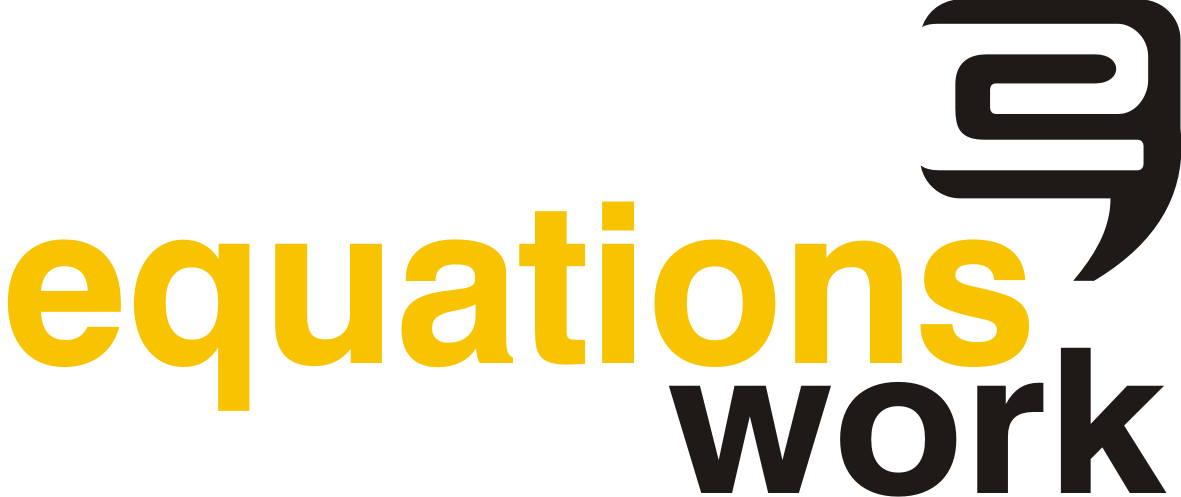The eLearning industry has gone through a tremendous transformation in the last few years. The industry worldwide has seen steady growth driven by the increased use of digital devices and a wider geographic spread of users. It has also branched profitably into mLearning, tablet learning, gamification and so on. Not just that, the tools and technologies have evolved too. With change comes renewal – some old favorites fall by the wayside and new contenders emerge to take up their place. The times, they are a-changing and we have more or less, bid goodbye to one such eLearning staple.
 Adobe Flash - one of the most common and widely accepted tools to create rich media animations ruled the industry for years. Developers loved it because of its use of ease and visually appealing output. It was a reliable tool to design highly interactive scenarios, character animations, simulations - watch, try and test, activities like drag and drop, role plays, puzzles, slideshows to make eLearning courses rich and engaging. It became the go-to technology for eLearning developers seeking to increase the effectiveness of their courses.
Adobe Flash - one of the most common and widely accepted tools to create rich media animations ruled the industry for years. Developers loved it because of its use of ease and visually appealing output. It was a reliable tool to design highly interactive scenarios, character animations, simulations - watch, try and test, activities like drag and drop, role plays, puzzles, slideshows to make eLearning courses rich and engaging. It became the go-to technology for eLearning developers seeking to increase the effectiveness of their courses. However, after Steve Jobs’ announcement not to support Flash on iOS devices, a storm descended and changed the eLearning development game altogether. Flash’s dependency on its player to run content and its incompatibility with smartphones and tablets added up to some serious disadvantages for Flash in the new era. Giants like Google and Facebook were also moving away from the once legendary tool. As per w3Techs (Web Technology Surveys), the usage of Flash is declining at the rate of 1% every month and predictions are that Flash will be completely dead in next 2 years.
Given that it was no longer possible to ignore mobility, and within mobility iOS, a need was triggered to explore alternatives that were compatible with multiple devices and that could still render the desired output. So, if not Flash, what next?
Adobe Animate CC:
Adobe has now clearly understood the need to revamp its product to suit the current market needs. Hence, Adobe Animate CC was born with added features. Adobe Animate CC - the newer, much-improved face of Flash - supports multiple outputs. Though it has maintained its legacy output of Flash (swf), it can produce multiple outputs in HTML5 Canvas, WebGL, Video, and AIR.
Being a new generation product, it offers cloud based libraries that can be accessed by teams spread across geographies. It offers 4K video output that is in-line with the growing trend of using Video based learning. Wider file format support for images and audios make the output compatible with more than 90% of the browsers available.
Adobe Animate CC is rapidly drawing the attention of eLearning developers trying to achieve “Flash-like” animation output using authoring tools.
HTML5
Throughout the industry, eLearning development is well in the midst of a paradigm shift to HTML5. HTML5 programming renders output supported by most of the browsers without any additional plugin. Being mobile friendly, courses developed using HTML5 can be delivered to multiple devices including iPhones, iPads, Android smartphones, as well as laptops and desktops, which is need of the hour.
Customization in HTML5 is easy and developers can dig deep into minute details to customize courses. HTML5 also offers multimedia support and integration without any additional player requirement. Overall HTML5 has already achieved significant positive momentum in eLearning Development.
WebGL
WebGL (Web Graphics Library) is a JavaScript API used for rendering interactive 3D and 2D graphics within any compatible web browser without the use of plug-ins. With the growing interest in 3D graphics, has come a rise in WebGL. WebGL has expanded in multi-directions - in games, web, eLearning interactions, and even virtual reality. Facebook’s Oculus acquisition from a couple of years ago indicated that WebGL powered 3D visualizations will also have a significant impact on Social Web. Tools like Unity3D are also widely accepted to develop rich 3D content for eLearning and ARVR environments.
Overall, there is see ms to a growing set of worthy alternatives, many with their own specific use case. A positive shift from Flash to newer technologies is well and truly underway. More and more authoring tools are adapting to multiple outputs to make themselves competitive - Lectora 17, Articutlate Storyline 360 are classic examples and Adobe is still in the race. Even while quoting Voltaire a bit out of context – get set for all these thunderbolts following Flash!
What has your experience been while seeking an alternative to Flash? Do tell!



0 comments :
Post a Comment